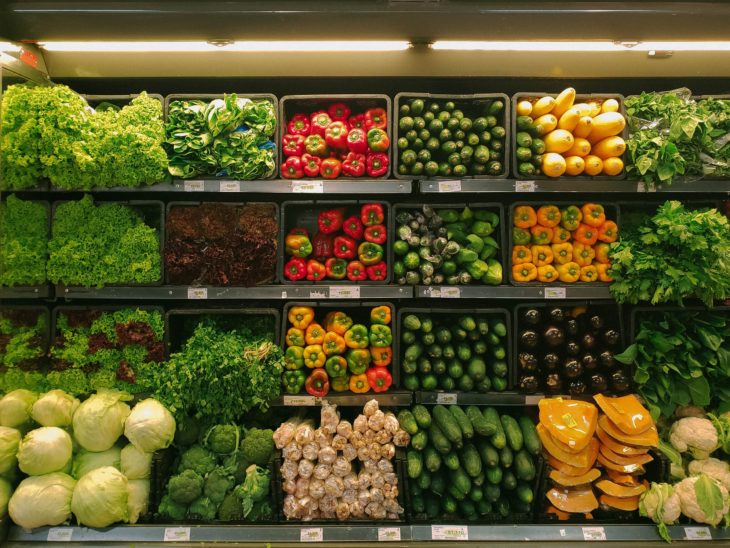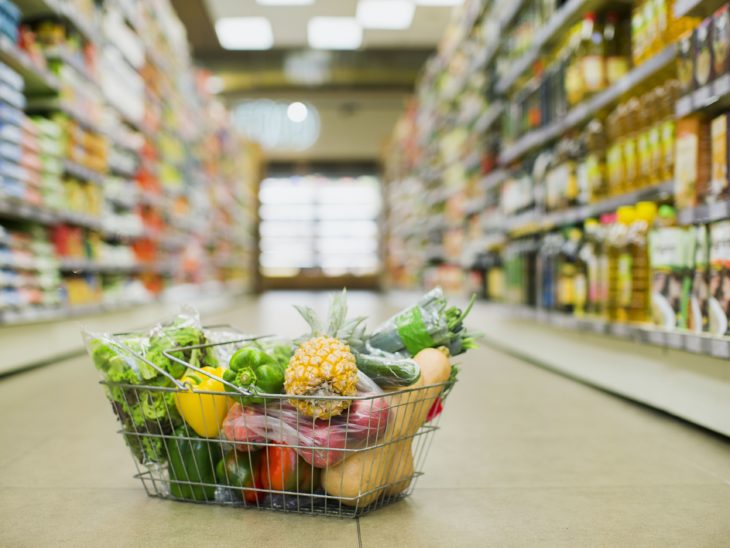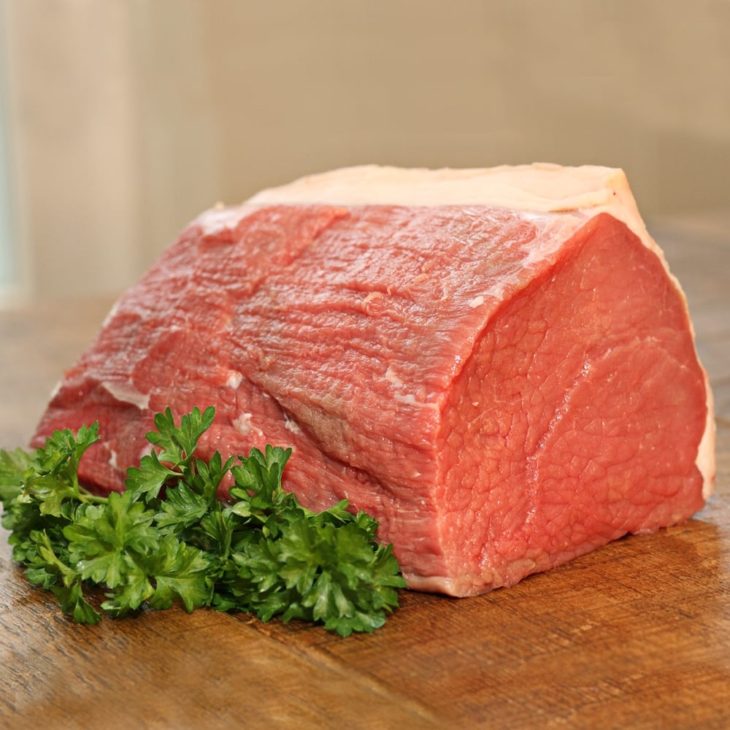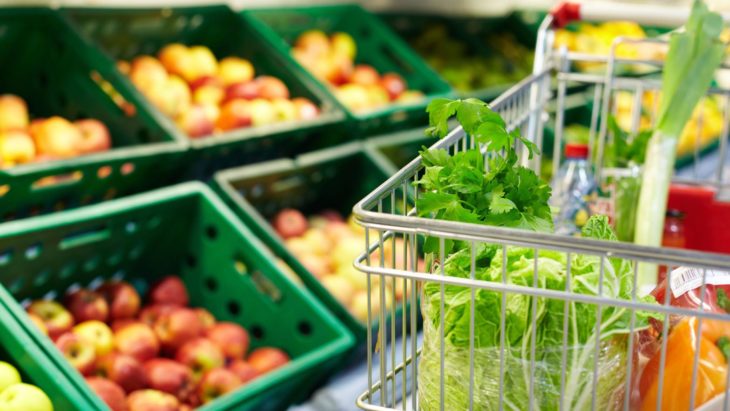Healthy grocery shopping seems like a complex topic that needs a lot of nutrition-related knowledge. However, proper nutrition starts with healthy choices in the grocery store. You cannot cook a healthy meal if you have not selected wholesome ingredients. Grocery shops have come up with a ton of food choices, so it has become challenging to make healthy choices. Moreover, not everybody has time to read all the food labels and figure out which grocery items are the most nutritious to buy. Here is a guide to some basic principles that you can follow for healthy grocery shopping.
Contents
Go With a List

Source: parade
Making a grocery list before you head to the store not only helps you stay organized but also keeps you from tossing unnecessary items in your cart. Make a list according to weekly meal plans. This is the first step to healthy grocery shopping. Also, using a list prevents impulse buying and helps you save time and money. Supplementrelief.com presents a whole shopping grocery list, and you can refer to it on the go.

Source: womenfitness
If you regularly shop from the same grocery store, you probably know which aisle displays the sweets and junks. If you have a sweet tooth, you are prone to impulse buys. A useful tip to reduce your sugar intake is to skip those aisles while shopping. That means keeping sugary food out of sight helps you resist your urge to buy sugary foods. Shop through the perimeter of the grocery store as the freshest food tends to be displayed there.
Buy Organic Produce

Source: feelfreshnutrition
If possible, choose to buy only the organically produced veggies and fruits. Pesticides and fertilizers shouldn’t be a part of your diet. Always wash produce before eating no matter it is organic or inorganic. Think of cart like a plate and aim to fill half of it with produce. Still purchase fresh produce and avoid frozen one, unless you are short of time.
Go Plain

Source: verywellfit
You should buy plain-flavored foods and beverages as they are usually more nutritious. Buy plain soy milk, cereals, yogurt, and pasta sauces as they contain minimal to no added sugar and flavors. When the brands extend their product lines, they offer a variety of flavored versions that usually cost more and often have poor nutritional value.
Pick More Produce

Source: crumbsandwiches
Most of us tend to shop less produce. Aim at tossing more variety of veggies in your cart that you haven’t eaten much before. There must be some vegetables, fruits, whole grains, and legumes that you haven’t tried before. Plan to work at least one new food per week. A variety of veggies and fruits help increase your nutrient intake without the added sugar and any other preservatives or sodium. Shop the grocery by keeping in mind that you should be eating five servings of veggies per day. So vegetables should fill at least half of your plate.
Buy Organic Beef

Source: graigfarm
Grass-fed and organic beef is the best choice because it is free of growth hormones and antibiotics. Organic meat is a good source of healthy proteins and higher in antioxidants and Omega-3s. If you have to choose between grass-fed and organic beef, go for grass-fed. The reason is that the grain-fed beef has no omega-3s and CLA, which are present in the grass-fed cattle.
Limit or Omit Processed Foods

Source: medicareful
Processed food, such as beverages and snacks, should be avoided during grocery shopping. Processed food is usually high in preservatives, fat, sugar, salt, and calories. These include cakes, pastries, muffins, doughnuts, ice cream, frozen desserts, soft drinks, salty snacks, and energy drinks. Limit the purchase of these items as they are entirely unhealthy.
Go Local

Source: thehealthsite
Aim to buy the fruits and veggies that are grown locally. This way, you not only get the peak seasonal picks but often pay less and get to buy local produce you may not usually eat. Local food is worth buying even if it is not labeled as organic – often because it’s expensive for farmers to get certified. Local produce is usually seasonal, and you can buy a large amount for much less than when they get out of season. Local and seasonal produce tastes better.
Shop at Multiple Stores

Source: buywell
The advantage of shopping at two stores is that you can always find what you need. Don’t solely rely on the fresh produce your local grocery shop displays. If it’s short of fresh produce, head to another store or go to the farmer’s market. You may discover something new, healthy, and delicious that you never found before at your nearest grocery shop.
Shop Like a Vegetarian

Source: parrishkauai
Even if you are not so fond of veggies, buy more because vegetarian proteins are healthy and cheaper than meat-based proteins. Proteins must be a part of a healthy grocery list. Therefore, you should shop like a herbivore if you are on a budget and want to load up this macronutrient. Meat options like tofu, lamb, and mutton, are usually expensive. However, you should splurge on chicken or beef steak from time to time, but getting most proteins from plant-based sources helps keep your grocery shopping affordable most of the time.
Do a Final Check

Source: womenfitness
Before you pull the cart into the checkout line, make sure you do a final cart check. Ensure that your cart seems visually filled 50% with produce, 25% with whole grains, and 25% with lean meat and plant proteins. And don’t forget to include the sources of healthy fat such as avocado, nuts, and virgin olive oil. You are only as healthy as your grocery shopping list is.
